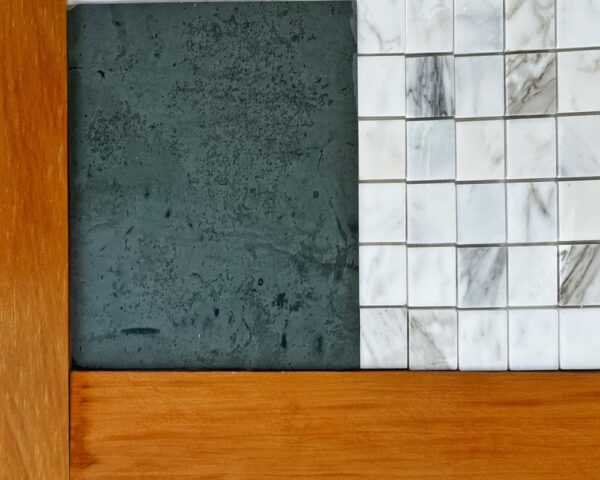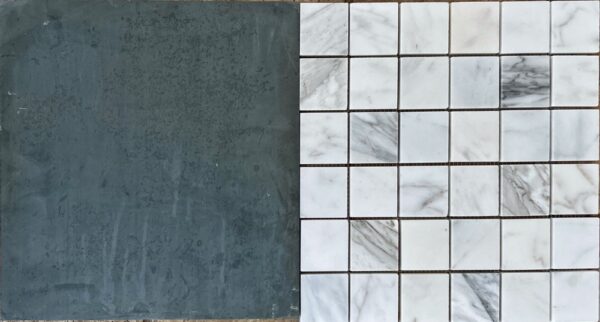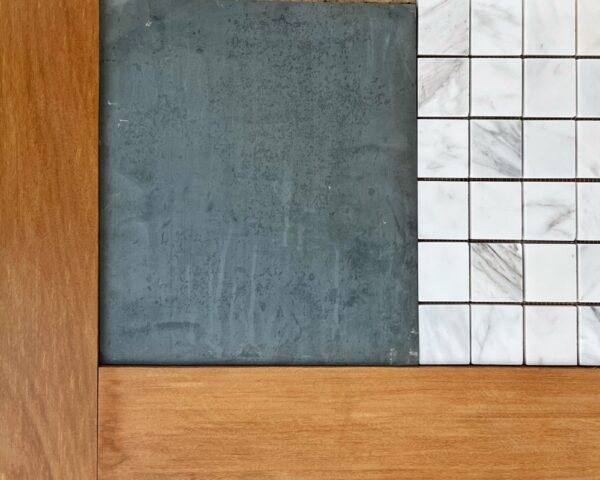
Exciting icehouse rehab progress in recent days, so I’m due for an exciting update or two. But first I need to whittle down the backlog of overdue posts, especially some of those dealing with how we’re transforming some of our surplus building materials into exciting design elements in the reimagined icehouse. I can anticipate your interest flagging. Surplus building materials? Isn’t that about as exciting as yesterday’s leftover?!?! Well, perhaps, but hold that thought for a moment.
It struck me [recently] how similar edible leftovers and building materials can be. Think of surplus lumber and architectural salvage. They get pushed to the back of the proverbial fridge (in our case, usually one of the outbuildings) in the hopes of one day becoming the ingredients for something relevant and exciting and new. (Source: Leftovers as Ingredients)
Baked into our icehouse rehabilitation project (at it’s core an adaptive reuse initiative, transforming “an obsolete utility building into a useful, relevant multi-use space” with present day value to us) is an overarching objective to repurpose and upcycle materials that we’ve been storing for years.
In addition to repurposing this handsome historic building, we have endeavored to repurpose as many surplus building materials and architectural salvage artifacts as reasonable (i.e. functionally and aesthetically viable) in the design and rehabilitation process. (Source: Leftovers as Ingredients)
You may remember the mixed species flooring experiment (which incidentally is only a day or two away from an exciting update!) or the repurposed columns. Maybe the upcycled coatrack or the deconstructed-deck-upcycled-into-paneling project that’s already a couple of months in process… The truth is there are multiple ways that we’re endeavoring to breathe new life into construction leftovers and surplus building materials, and I’m embarrassingly overdue with updates.
So today I’d like to share with you a previously undisclosed scheme that’s at last approaching a final decision.

Repurposing Leftover Tile
You may well be aware that the icehouse bathroom will be paneled in garapa that was deconstructed from Rosslyn’s old deck and painstaking upcycled by Tony (and others) over many weeks. From debris to design feature!
In addition to garapa walls — picture amber hued, time patinated, hand milled 4″ boards installed horizontally with a nickel gap — the icehouse bathroom floor and shower will be clad with leftover tiles. That’s right, surplus building materials. Did I lose you again? I hope not, because we’re getting pretty close to a truly handsome combination.
Most likely the floor will green-gray slate that we over-ordered during the Lapine House renovation in 2005-6. We loved it then, and we love it now. And it looks perfect with the upcycled garapa! The corner shower (two tiles walls and two glass walls) will likely have this same slate integrated into the east and south walls, but that detail is still evolving. I promise an update very soon, since we’re running out of time to make a final decision. Necessity is the mother of invention…
And the base of the shower will likely reuse marble tiles from our master bathroom shower. The understated calacatta marble complements the slate, and the contrast between the elegance of marble and the earthiness of slate is appealing, especially locating the marble at the base and the marble in a more prominent position. We’re also considering the possibility of combining another unlikely tile in the shower, smoky green 3″x6″ glass tiles, these surplus building materials from a change-order on a client project Susan designed a few years ago.

Note: If you noticed a difference between the image at the top of this post and the similar image above, the first image offers a slightly truer color representation. Pam dampened the garapa and slate to approximate what the walls and flooring will look once the material is sealed.
What do you think?